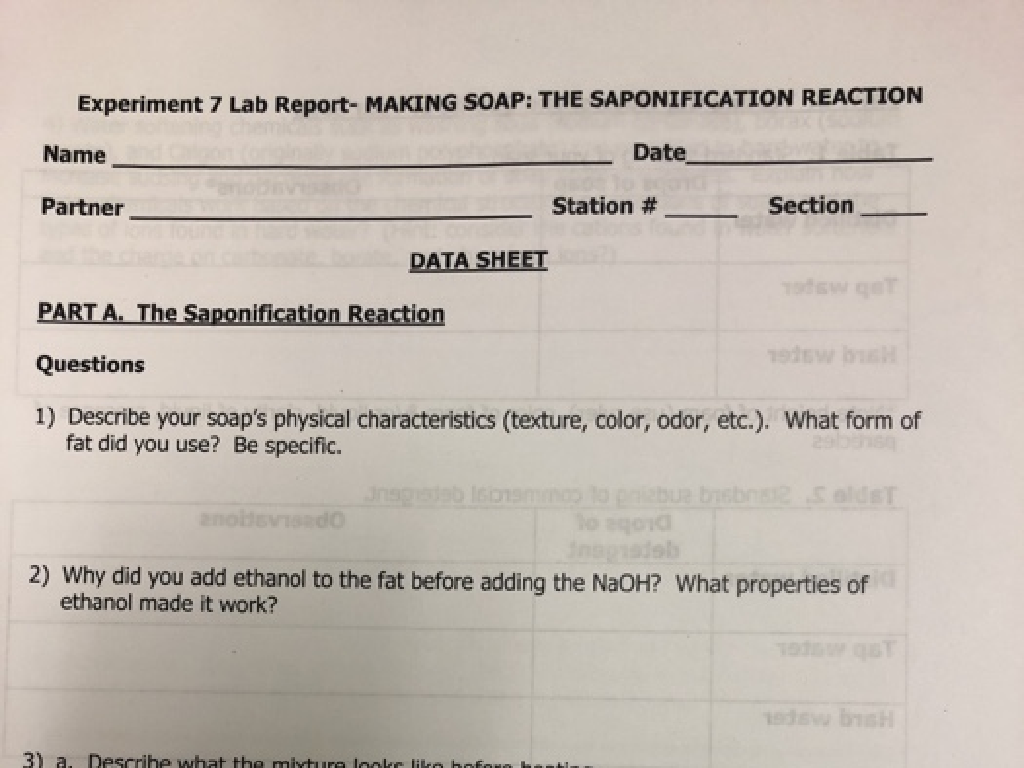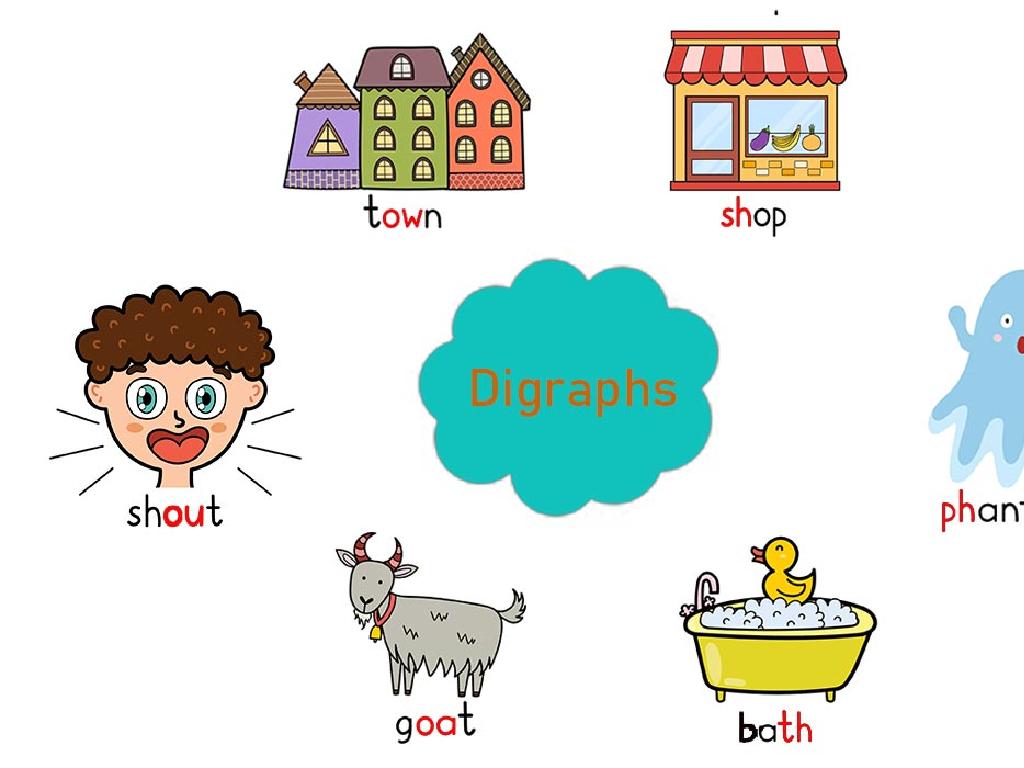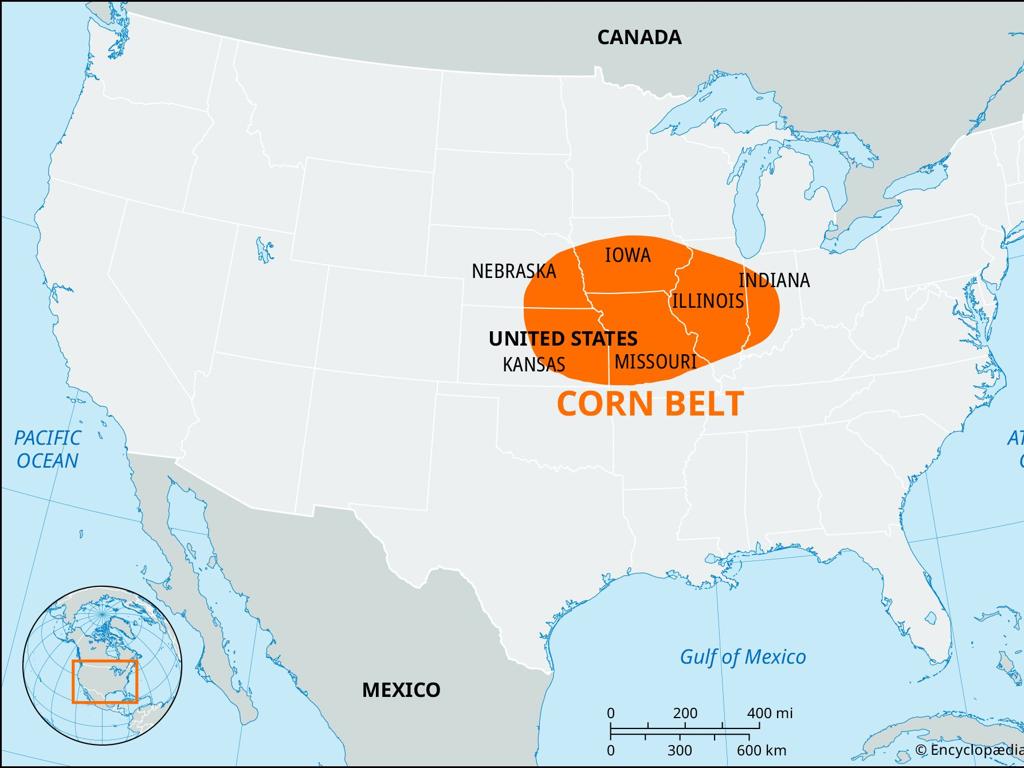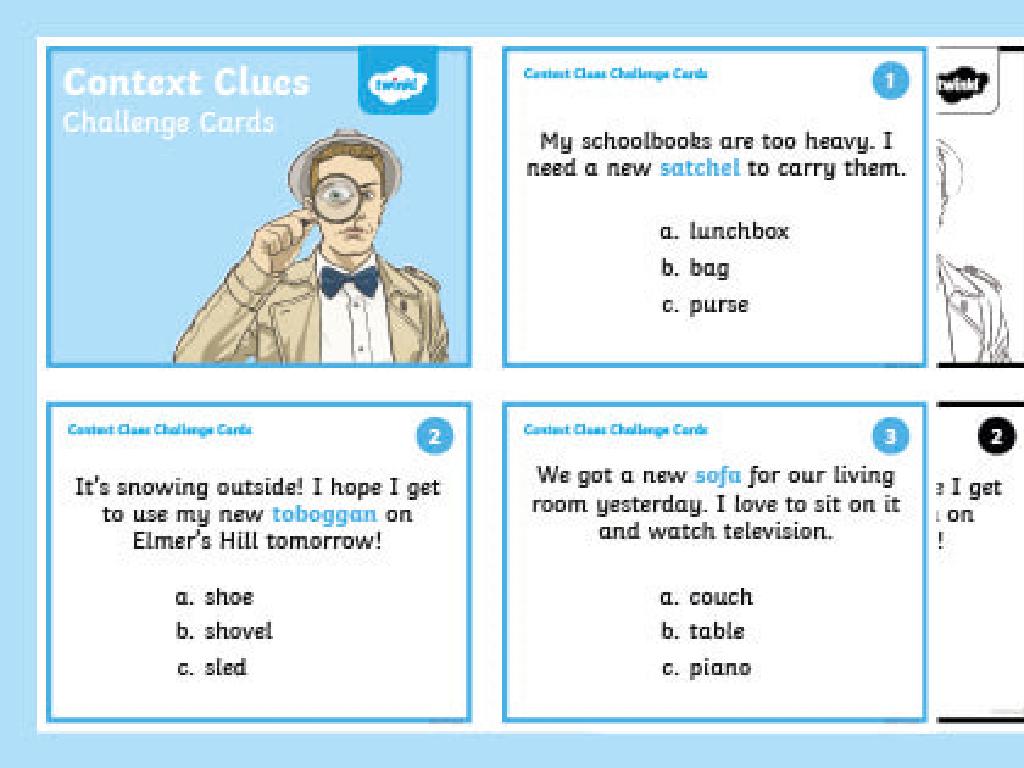Read A Thermometer
Subject: Science
Grade: Third grade
Topic: Weather And Climate
Please LOG IN to download the presentation. Access is available to registered users only.
View More Content
Introduction to Weather and Climate
– What is weather and climate?
– Weather is day-to-day, climate is over long periods
– Discover the thermometer
– A tool to measure temperature
– Learn to read a thermometer
– We’ll learn about the mercury or red line
– Why thermometers are important
– Helps us dress right and stay safe
|
Begin the lesson by explaining the difference between weather (daily atmospheric conditions) and climate (average weather over a long period). Introduce the thermometer as a scientific tool used to measure temperature, a key aspect of weather. Teach students how to read a thermometer, focusing on the mercury or colored line that indicates temperature. Emphasize the importance of thermometers in everyday life, such as choosing appropriate clothing for the day or preparing for weather-related events. Use visuals of thermometers at different temperatures to aid understanding. Encourage students to ask questions and share their experiences with weather and temperature.
Understanding Temperature
– Temperature: hot or cold measure
– It tells us how much heat is in an object or the air.
– Measured in degrees
– Degrees are units like inches on a ruler.
– Thermometers: temperature tools
– A tool with a scale to show how hot or cold.
– Importance of temperature
|
This slide introduces the concept of temperature, which is a fundamental topic in understanding weather and climate. Temperature is the measure of how hot or cold something is and is quantified in units called degrees. A thermometer is the tool we use to measure temperature, and it works by showing the degree of heat on a scale. It’s important for students to grasp that temperature can affect many aspects of daily life, from what we wear to how we feel. In class, demonstrate how to read a thermometer and discuss why it’s important to know the temperature. You can also touch on different scales like Celsius and Fahrenheit, which are used in different parts of the world.
Types of Thermometers
– Liquid-in-glass thermometers
– Uses mercury or colored alcohol
– Digital thermometers
– Shows temperature with numbers
– Ear and forehead thermometers
– Quick readings from the ear or forehead
|
This slide introduces students to the different types of thermometers and their uses. Liquid-in-glass thermometers, often filled with mercury or colored alcohol, expand and rise to show temperature. Digital thermometers display the temperature in numbers and are easy to read. Ear (tympanic) and forehead thermometers provide quick readings and are less invasive, making them suitable for young children. Explain that different thermometers are used for different situations, and they all serve the same purpose: to measure temperature. Encourage students to think about where they might have seen these thermometers, like at home or at the doctor’s office.
Parts of a Thermometer
– Bulb contains liquid
– The bulb at the bottom has mercury or colored alcohol
– Glass tube holds the liquid
– The thin glass tube lets the liquid rise when it’s hot
– Scale with Celsius & Fahrenheit
– Numbers show temperature in degrees Celsius or Fahrenheit
– Reading the temperature
– We look where the liquid stops on the scale to read it
|
This slide introduces the basic parts of a thermometer and how they function together to measure temperature. The bulb contains a liquid, typically mercury or colored alcohol, which expands and rises in the glass tube as the temperature increases. The scale with numbers indicates the temperature in degrees, using either the Celsius or Fahrenheit system. Teach students how to read the temperature by looking at the level of the liquid on the scale. You can demonstrate using a real thermometer or a diagram. Explain the difference between Celsius and Fahrenheit, and that scientists use Celsius while Fahrenheit is commonly used in daily life in the United States.
How to Read a Liquid-in-glass Thermometer
– Place thermometer at eye level
– Observe liquid level in the tube
– The liquid, usually mercury or colored alcohol, rises or falls with temperature
– Check temperature where liquid stops
– Numbers on the scale show the temperature
– Record the temperature reading
– Write down the number to keep track of the temperature
|
This slide is designed to teach third-grade students the correct way to read a liquid-in-glass thermometer, which is a common tool used in weather and climate studies. It’s important to ensure the thermometer is at eye level to avoid reading errors due to the angle of view. Students should carefully observe the level of the liquid, which changes based on the temperature. They must then check the scale where the liquid ends to determine the temperature. Encourage students to practice reading thermometers and to record their findings, reinforcing their understanding of temperature measurement and its importance in daily weather observations.
Celsius and Fahrenheit: Understanding Temperature
– Celsius vs. Fahrenheit usage
– Most countries prefer Celsius, but the U.S. uses Fahrenheit.
– Water freezes at 0°C/32°F
– Remember, ice forms at 0°C and 32°F!
– Water boils at 100°C/212°F
– Boiling point is 100°C or 212°F – like in a pot of water on the stove!
– Practice reading both scales
|
This slide introduces students to the two different temperature scales used worldwide: Celsius and Fahrenheit. Explain that while most of the world measures temperature in Celsius, the United States primarily uses Fahrenheit. Highlight the key temperatures at which water freezes and boils on both scales, as these are common reference points. Use visual aids like a thermometer showing both scales to help students understand the concept. Encourage students to practice reading temperatures from thermometers that display both Celsius and Fahrenheit to become comfortable with both systems. This will help them in understanding weather reports, cooking, and science experiments.
Practice Reading Temperatures
– Practice with thermometer readings
– Convert Celsius to Fahrenheit
– Use the formula (°C × 9/5) + 32 = °F
– Record temperatures in both units
– Write down the temperature you see in °C and then convert it to °F
– Discuss weather feelings at temperatures
– Is it hot, warm, cool, or cold?
|
This slide is designed to help students practice reading temperatures from thermometers and understand the difference between Celsius and Fahrenheit scales. Start by showing them how to read a thermometer, pointing out the mercury or colored alcohol level. Then, teach them the conversion formula between Celsius and Fahrenheit. Have students practice converting temperatures and recording them in both units. Finally, engage the class in a discussion about how different temperatures feel, asking them to describe weather conditions such as a hot summer day or a cold winter morning. This will help them relate temperature readings to real-life experiences.
Class Activity: Make Your Own Thermometer!
– Gather your materials
– You’ll need a clear bottle, straw, clay, and colored water
– Build a simple thermometer
– We’ll assemble these items to mimic a real thermometer
– Watch the liquid move
– Notice how the colored water moves up or down the straw
– Learn about temperature changes
|
In this hands-on activity, students will create a working model of a thermometer using everyday materials. This will help them understand how thermometers measure temperature based on the expansion and contraction of liquids. Each student will need a clear plastic bottle, a straw, some clay, and colored water to visually track the movement. As the assembled thermometer is exposed to different temperatures, students should observe the colored water level in the straw changing. This activity provides a visual and practical understanding of temperature measurement. Teachers should prepare a step-by-step guide for constructing the thermometer and ensure safety precautions are followed. Possible variations of the activity could include testing the homemade thermometers in different locations or comparing readings with a real thermometer.
Conclusion: The Importance of Thermometers
– Why thermometers are essential
– Thermometers help us prepare for the day
– Temperature’s role in weather
– High or low temperatures can indicate different weather conditions
– Review of today’s key lessons
– We learned how to read temperatures and what they mean
– Understanding weather patterns
|
In wrapping up today’s lesson, emphasize the importance of thermometers in our daily lives, such as choosing appropriate clothing and planning activities. Discuss how temperature is a key indicator of weather conditions; for example, high temperatures might mean sunny days, while low temperatures could indicate snow. Review the main points: parts of a thermometer, how to read it, and the difference between Fahrenheit and Celsius. Encourage students to observe the thermometer at home or school and relate the temperature to the day’s weather, reinforcing the connection between the two and solidifying their understanding of how to read a thermometer.





